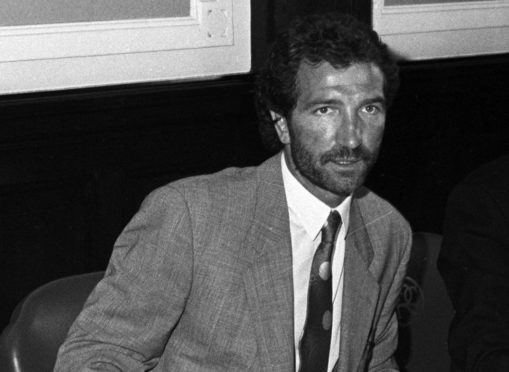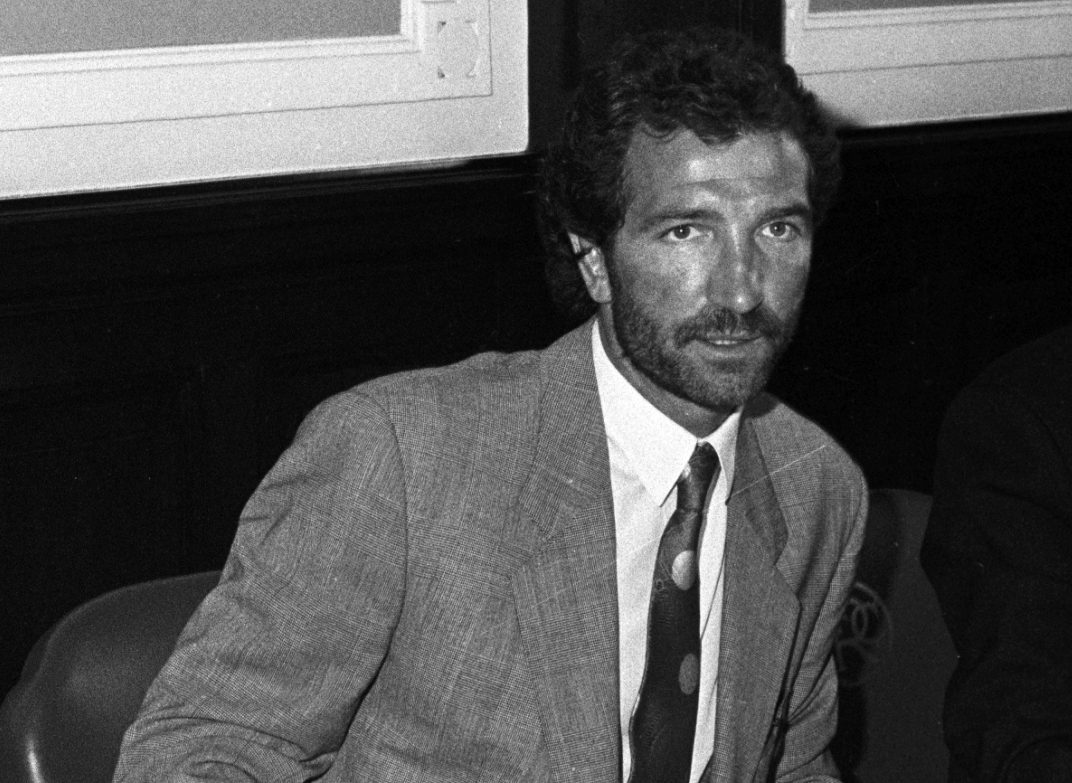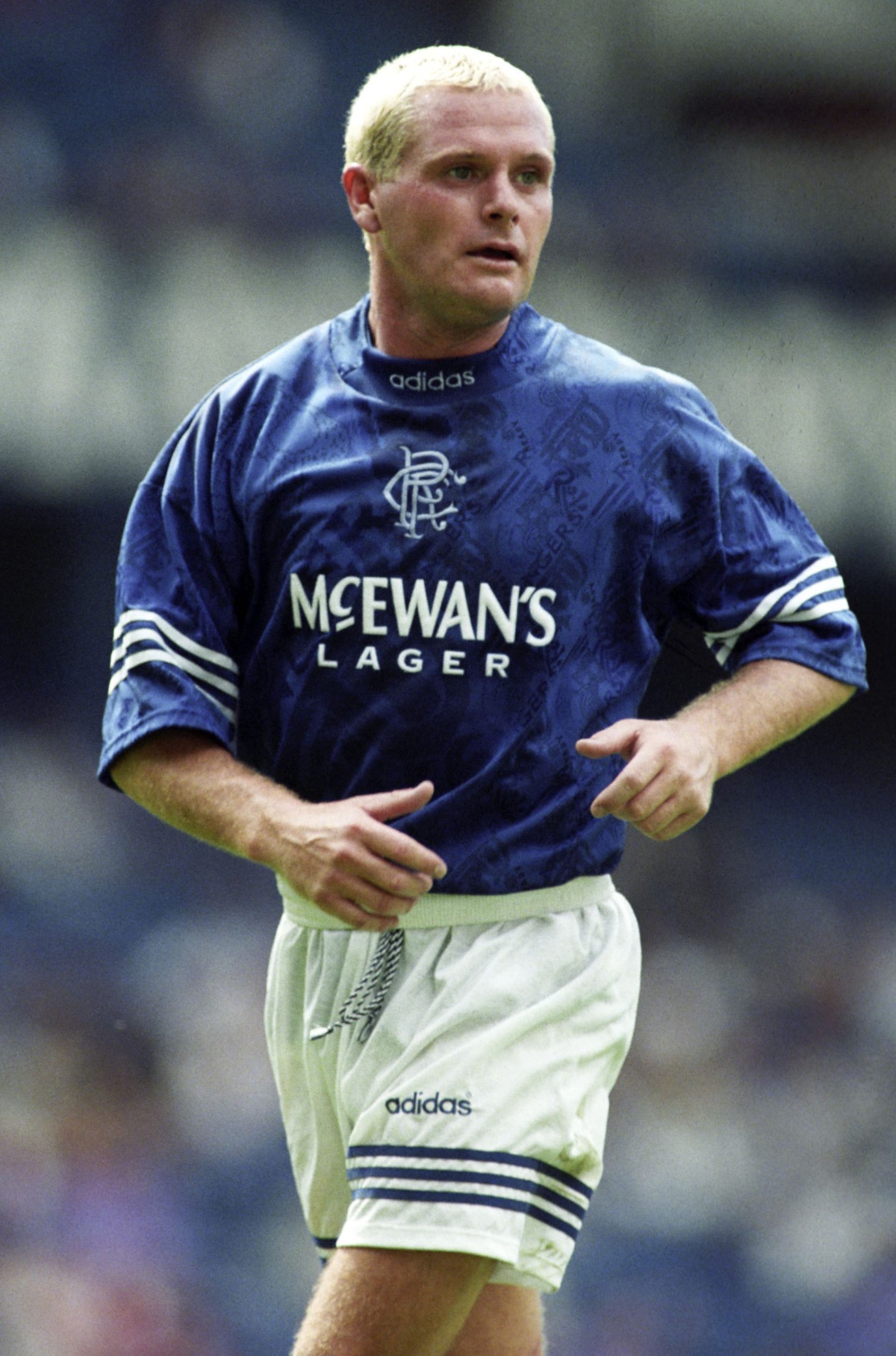When football clubs suffer an embarrassing and costly defeat, scapegoats are usually sought.
Such was the case in January 1967 when the mighty Glasgow Rangers were incredibly knocked out of the Scottish Cup at Shielfield Park by their lowly Berwick namesakes.
Ibrox manager Scot Symon laid the blame firmly at the door of two of his players, Jim Forrest and George McLean, and both were promptly booted out of the door – Forrest to Preston North End and McLean to Dundee.
Symon himself would last just another 10 months in the office at the top of the marble staircase before himself being handed his “jotters”.
For local BwB readers, McLean – nicknamed Dandy – joining up at Dens Park was interesting.
He would go on to be capped by Scotland, play and score a double in a cup final, net an incredible four goals in an AWAY European tie, and contest the semi-finals of that Euro competition.
His solitary cap for Scotland came the following year in a 0-0 draw away to Holland in Amsterdam in May 1968.
Scotland lined up that evening – Clark (Aberdeen); Fraser (WBA), McCreadie (Chelsea); Moncur (Newcastle), McKinnon (Rangers), Smith (Rangers); Henderson (Rangers), Hope (WBA), McLean (Dundee), Greig (Rangers, capt), Cooke (Chelsea).
Earlier that season, he had helped the Dark Blues to a League Cup Final against Celtic at Hampden. Despite his brace, Dundee would lose 5-3 to the European Cup holders at Hampden.
Just over a fortnight after that final, Dundee would head to Belgium to defend a 3-1 first-leg lead in the second round of an Inter-Cities’ Fairs Cup tie.
McLean was unstoppable in that encounter and hit all four goals in the Dens men’s 4-1 success over Royal Liege.
A team-mate later revealed that, back in the dressing-room, big Dandy quipped to his manager: “You should take the number off the back of my shirt and replace it with ‘S’ for Superman.”
Indeed, Dundee would go all the way to the last four of that competition before losing by a single goal over two legs to Leeds United.
On the 80-plus occasions he donned a Dee shirt, he netted 46 goals – a tremendous effort for a player often described as ‘mercurial’!
After Dens, he turned out for Dunfermline Athletic, Ayr United and Hamilton, and also had a spell in Canada.
Jackie Knight sent in another football-related question, and, as usual, supplied the answer, too.
The Broughty Ferry resident opened: “What was the very unusual same factor in the careers of Liverpool quartet Kevin Keegan, Graeme Souness, Ray Clemence and Vladimir Smicer?
“Their last game for the club was winning the European Cup. In Smicer’s case, it was winning the Champions League in Istanbul in 2005.
“Kevin Keegan left for Hamburg, Souness went to Sampdoria, Clemence signed for Tottenham and Smicer eventually returned to his native Czech Republic with Slavia Prague after a spell in France with Bordeaux.”
A run-of-the-mill Scottish Premier Division fixture in 1995 saw the epitome of Paul Gascoigne’s jovial side as well as the epitome of ‘jobsworthery’.
A Rangers attack against Hibs at Ibrox petered out, but, as Gazza made his way back into position, he was seen holding a yellow card which he had found on the ground.
On kindly returning it to referee Dougie Smith, Gazza dished out a booking to the referee, perhaps for being unable to take a joke.
But the grumpy official returned the favour to Gascoigne, reaching into his back pocket to do so, despite holding the card in his hand.
Christmas must have been fun at the Smith household.
Retired bus driver Martin Anderson, from Carnoustie and formerly of Lochgelly in Fife, asked me if I remembered a young Cowdenbeath player tragically dying at a very young age in the late 1970s.
It certainly rung a bell with me, and a perusal through the archives revealed it was Billy McLaughlin.
The talented 21-year-old right-back, who was with the Blue Brazil for four years, was electrocuted in his East Wemyss home in May 1972.
On Cowdenbeath FC’s official website are the words: “Life in East Wemyss came to halt on the day Billy was buried.
“Over 1,000 mourners were in attendance including the players, management, directors and many supporters of Cowdenbeath FC.
“His team-mates acted as pall-bearers.”
Kirkton reader Hammy Watson asked me how many games Bobby Cox played for Dundee.
From 1956 to 1968, he played 327 league games for the Dark Blues, and 433 in total, scoring two goals.
https://www.eveningtelegraph.co.uk/fp/blether-with-brown-dundee-fc-european-cup-fa-cup-kenny-dalglish-jim-davie/


